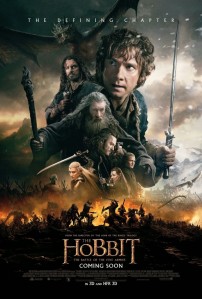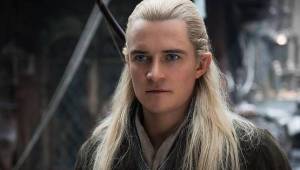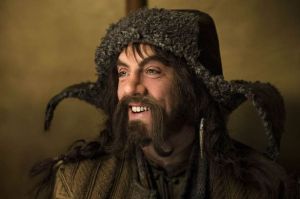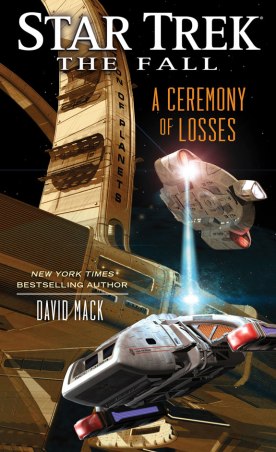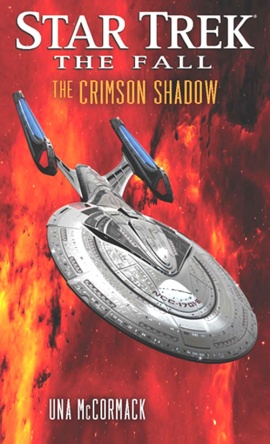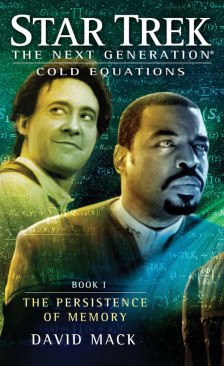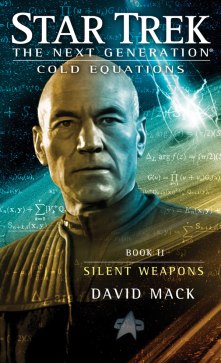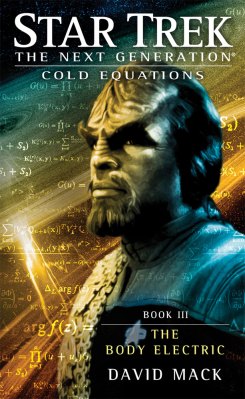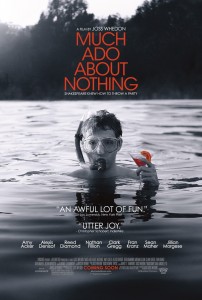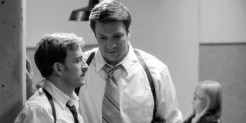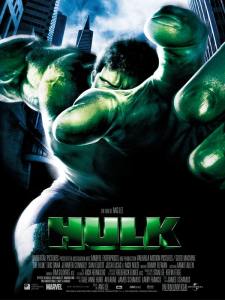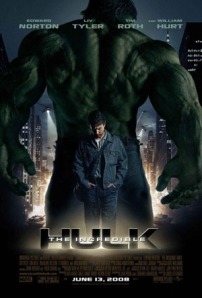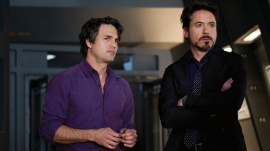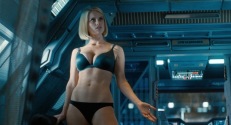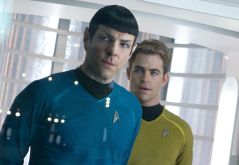The latest Star Trek novel to be released is the much antcipated Control, by David Mack. It continues Dr. Julian Bashir’s arc of taking down the United Federation of Planets’ ruthless, self appointed, and self professed “protection” service, Section 31, which began back in Deep Space Nine‘s sixth season.

Control is Mack’s fourth novel to focus on Bashir
As with the best of Trek, Control is a story that is as much about our present as it is the future, and is highly influenced by today’s ever pervasive atmosphere of surveillance, hacking, and Snooper’s Charters. At Section 31’s centre is the titular Control; no doubt a nod to Le Carré’s Tinker, Tailor, Soldier, Spy, but the enigmatic leader of 31’s name also comes as a prophetic warning.
Here is an artificial intelligence that is as much a calculating dictator as it is the basic operating system of the entire Federation: making decisions on behalf of the ‘inferior’ citizens it protects, it does so by crunching the astronomical numbers gleaned from starship sensors, to an individual’s replicator habits. As any half decent Vulcan would applaud, it deems that the needs of the many outweigh the needs of the few, but it is doubtful there are any who would consider the few as completely expendable in a fashion as merciless as Control.
Through frequent flashbacks to the 22nd Century we are given the backstory of a relatively simple computer code designed to recognise potential threats (via the means of the unchecked surveillance which we in the 21st are becoming alarmingly aware) and inform law enforcement as appropriate. On one hand it is certainly an interesting concept, and the fact that it spans every single piece of technology of an entire interstellar superpower is fully warranted in order to fully grasp the analogy of interlinked handheld and camera/microphone equipped computers that are literally lining the pockets of our own civilisation.
As an independent piece of science fiction (it’s not like something so accurate can be described as speculative fiction) it would have been a fascinating thriller. In fact for all it’s derivation from its source material, 2004’s i, Robot was at least a blockbuster with some similarly interesting philosophy behind it. But Control isn’t an independent piece of science fiction.
It’s an official piece of Star Trek fiction. And that’s where the problem lies…
Author David Mack has been writing Star Trek prose for well over fifteen years, having previously co-written the screenplay and story for the DS9 episodes Starship Down and It’s Only A Paper Moon respectively. Novel-wise he is perhaps best known for Star Trek: Destiny, a centuries spanning epic in which the Borg learns that resistence is far from futile and their reign of terror is finally brought to end, albeit not without a fight.
On a more personal note, Mack has also written some of my favourite Trek novels, including the previous Bashir/Section 31 adventure Zero Sum Game, and the destruction of the USS Bombay within the pages of Star Trek: Vanguard‘s Harbinger is one of the most touching events I’ve read in any book, Star Trek or otherwise.
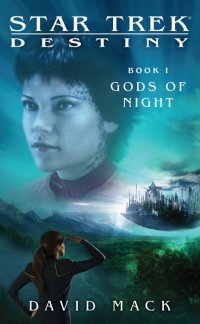
Destiny featured characters from TNG, DS9, and Enterprise
Thanks to its far reaching consequences, Destiny heralded a new era for Star Trek novels and showed that the post televisual relaunch had well and truly set its own course in the stories it would tell, and praise was rightfully lauded everywhere in its general direction.
His next trilogy, the Next Generation specific Cold Equations also ended on a high after the Enterprise crew had literally saved the entire galaxy. Despite so much hanging in the balance, the tale wove together established Trek lore from both screen and page to ensure that it remained entirely believable throughout.
Other novels have increasingly extended his reach in terms of the interstellar stakes, and as impressive as his writing is however, the riskier road leads not just to greater profit, but also greater losses when things don’t pan out.
Mack’s 2011 novel Rise Like Lions follows on from his previous novella-turned-novel The Sorrows of Empire (which I will admit I haven’t read because there are SO MANY Star Trek novels it’s impossible to read them all), and sees the races of Star Trek‘s mirror universe unite into the Galactic Commonwealth. Something perhaps not so surprising, given that it effectively mirrors the way in which Destiny sees the standard alpha and beta quadrant powers suffer unheard of misfortunes. That said, it is a change which is so sweeping that the mirror universe becomes all but unrecognisable from it’s onscreen adventures; humanity has gone from a plucky rebellion to being handed technology the Federation would almost deem all but impossible to the point where it strains credibility, and breaks all suspension of disbelief, in the process.
As I mentioned, I haven’t read its predecessor which no doubt fills in many gaps, but surely any novel should be able to work solely on its own merits? It does have to be said that Mack’s Disavowed, of which Control is an immediate sequel and which also combines his mirror universe narrative with those of Bashir/Section 31, makes great use of the changes that had been introduced, but without suffering the consequences of the almost Deus ex Machina transformation itself.
Somewhere between The Body Electric and Rise Like Lions then, Mack has shown that he is more than capable of handling such extreme narratives, just not with a 100% success rate. With Control however, Mack has managed to combine making such high stakes and revelations believable and entertaining, whilst simultaneously extolling the most jarring feature of any Star Trek novel (that I have read) in that it comes completely at odds with what Star Trek is, and undermines the entire basis of arguably entertainment’s most loved, enduring, and optimistic mythology.
50-something years ago, Gene Roddenberry dreamed of a future where humankind had put its petty differences aside. Poverty, racism, and sexism, (and had paramount not intervened, homophobia) were a thing of the past, and Earth’s only adversaries came from outside it’s orbit rather than within. In fact Roddenberry’s vision was so utopian that his insistence that conflicts between crew members simply wouldn’t happen often lead to accusations that his series were too boring, and lacked significant dramatic tension.
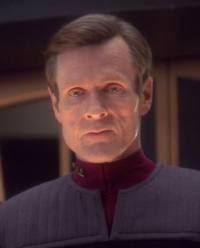
Section 31 was first introduced in Inquisition
Although Star Trek‘s longevity owes much to the outside influence of a host of other writers and producers, each merely put their own spin on the core optimism that is at Star Trek‘s heart. DS9 was only concieved after Roddenberry’s death, and despite making humanity a little less perfect – in part by throwing Section 31 into the mix – than he had initially intended, it showed that the light still shines the brightest in the dark.
In fact some of the best stories can be defined by Picard’s quote that “we work to better ourselves and the rest of humanity” by placing the emphasis on the actual work that is needed to achieve humanity’s potential, rather than merely presenting it as a done deal.
Flying right in the face of this established notion however, Control retcons the forming of the entire Federation, even that of a united Earth government, by uncovering the “truth” that humanity’s destiny was in fact shaped by Bashir’s ultimate nemesis and Section 31 founder: an all seeing and all watching computer code. In this version of the future, humanity was steered towards a better world rather than having the strength, willpower, and compassion to build it themselves.
It certainly raises some interesting questions about the nature of democracy and free will, but in a way which just doesn’t fit with its surroundings. I’ll admit that it would be a stretch to say that (narratively at least) the entirety of Star Trek is therefore built on a lie, but not by much.
Control isn’t the first Trek story of any medium to question the cooperative/assimilation expansive nature of the Federation, and Control’s belief that the Borg would have eventually ruled over Earth and its allies if it had introduced itself via means of seduction rather than conquering is one of the book’s most thought provoking notions. But others who take part in that debate, such as last year’s Star Trek Beyond, at least do so in terms of a humanity that overcame its own problems before finding different ones amongst the stars.
Gene Roddenberry once described Star Trek as “an attempt to say that humanity will reach maturity and wisdom on the day that it begins not just to tolerate, but take a special delight in differences in ideas and differences in life forms. […] If we cannot learn to actually enjoy those small differences, to take a positive delight in those small differences between our own kind, here on this planet, then we do not deserve to go out into space and meet the diversity that is almost certainly out there.”
We can always wonder how much better off (in the short term) we ourselves could have been with a sentient computer safeguarding our best interests during Brexit and Trump’s comparable elections, but that would have been taking the easy way out.
And that’s not how Star Trek works.

